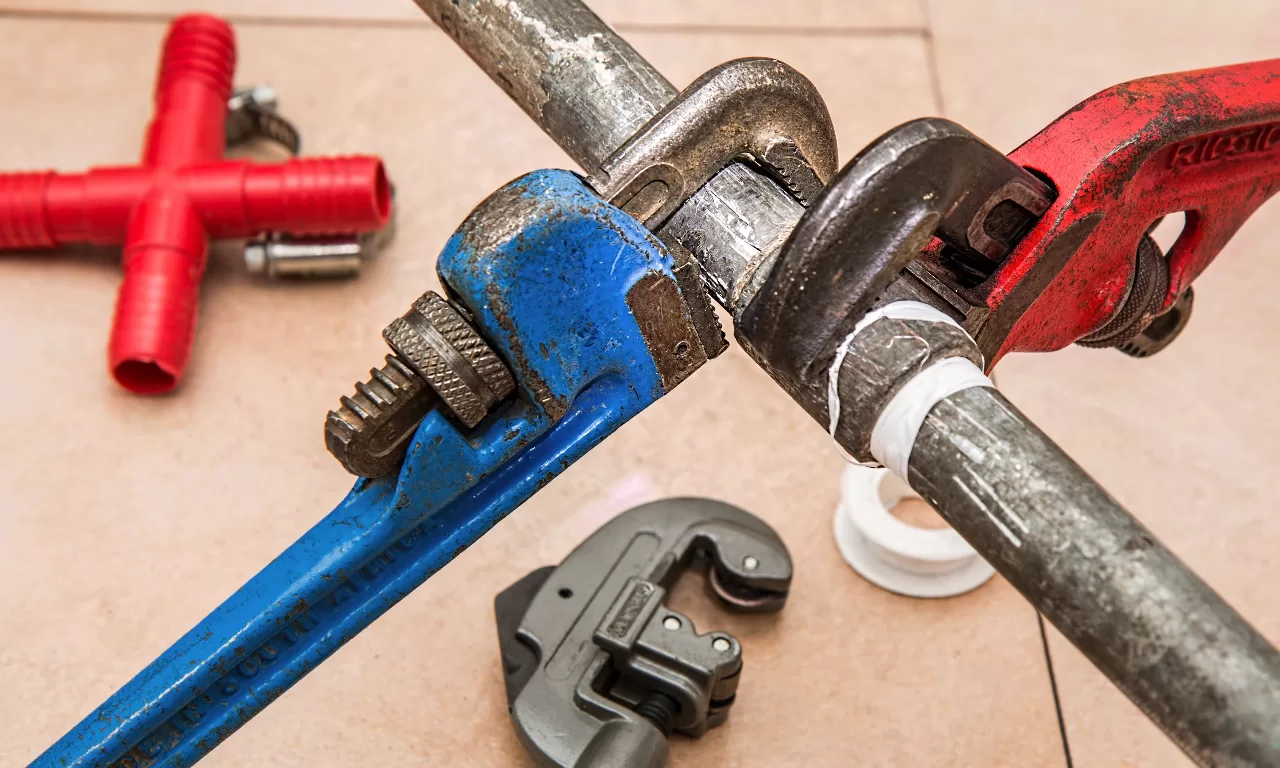If you suspect your pipes may be corroded, consult with a professional plumber immediately for an inspection. Look out for discoloration, rusting, and any signs of trouble in crawl spaces, basements, and closets.

Addressing corrosion and other issues early will save you time, money, and hassle later on. Replacing pipes in a house typically takes two or three days and one week, and your home may need to be shut down during this process.
Do you need help replacing a pipe in your home? You can click the following link to learn how professional plumbers, like the team members at Full Speed Plumbing, can help you get your plumbing system back on track; you can learn more here if you’re curious.
Cost
Nothing lasts forever, and over time old pipes corrode and start leaking, leading to costly leaks that cost thousands in damage. They could even burst and release toxic water or raw sewage into your home, which poses even greater threats than leakage alone.
The cost to replace home plumbing can depend on several variables, including house size and plumbing system size and what type of pipe material you select for replacement.
Furthermore, this decision will have an impactful effect on the overall costs associated with it.
Copper may cost more than other options, such as galvanized steel or polybutylene, but its lifespan can exceed several decades. If budget constraints limit your options for pipe replacements, consider cross-linked polyethylene (PEX).
It meets building codes nationwide and costs significantly less than copper; during a repipe installation, your plumber can often limit the amount of wall demolition required by feeding PEX through walls like electricians would wire; this reduces overall project costs significantly.
Keep an eye out for telltale signs that it may be time to replace pipes such as discoloration of water or dimples on pipe surfaces which indicate its age – both of which should be taken seriously!
Read Also:
Time
Plumbing issues are part of homeownership, but they don’t need to be. By monitoring signs of corrosion like discolored water or reduced pressure levels regularly, you can detect when to replace your pipes and make an informed decision when to do so.
Plumbers will require access to your drywall in many rooms when installing new pipes, so before beginning their work, it will be necessary for you to move furniture or remove wall hangings from that area. Also, be prepared for a temporary interruption in water service during this process.
Repiping projects typically take one or two days up to one week, depending on their scope, accessibility, and the type of pipe being replaced. Older or harder-to-access lines will require additional labor, which will extend their lifespan, as will the material type of the new pipes installed.
Materials
Pipes that provide hot and cold water to your home as well as waste disposal have an expected lifetime, just like other plumbing devices.
Unfortunately, eventually, they may wear out and require replacement.
Repiping your house can be an extensive and complex undertaking that involves replacing all of the pipes in your plumbing system. For best results, professional plumbers should handle this job to ensure the new pipes are installed correctly and from safe materials.
Before installing new pipes in your home, it is also necessary to determine the material of choice – PVC, CPVC, PEX, or copper are among your options – and consult a plumber about its benefits and drawbacks.
Preparing your home for pipe replacement involves protecting furniture and fragile decor with plastic sheets or covering them up, shutting off some or all of your water supply while part of the work takes place – which adds time and costs. A permit may also be needed, which could add further delay.
Inspection
Plumbers commonly recommend video pipe inspections as the best way to identify leaky pipes that run throughout walls, floors, and ceilings in homes to connect water-using appliances. Visual inspection alone can make them hard to identify; video pipe inspections use a small camera attached to a snake line fed through pipes in order to spot cracks, overgrowth, or blockages in these lines.
Homeowners can prepare their plumbing for inspection by clearing access points and covering them with drop cloths, trimming any overhanging trees to prevent branches from hanging into the house and causing damage, replacing nonfunctional smoke/carbon monoxide alarms as necessary, and clearing access points of any debris.
An inspector will also evaluate the sewer line’s condition to help assess who should pay for repairs. This is particularly crucial in older homes with galvanized pipes that corrode over time, leading to low water pressure. Furthermore, if it runs under large trees, it may be susceptible to breaking due to roots.









